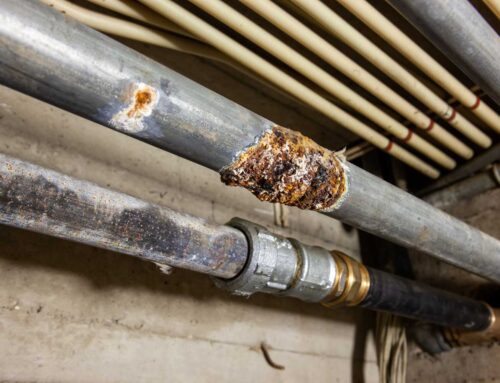At KBR Plumbing, we understand that having a toilet that doesn’t flush properly can be frustrating and inconvenient. According to the EPA, by upgrading to newer efficient toilets, Americans could save 13,000 gallons of water a year. Whether you’re dealing with a clog, a weak flush, or a slow drain, we have the expertise and tools to diagnose and solve the problem. In this article, we’ll explain some of the common causes of slow flushing toilets and suggest some solutions that can help you improve your bathroom experience.
Understanding the Anatomy of a Toilet
Before we delve into specific problems and solutions, let’s review the basic components of a toilet. A typical toilet consists of a bowl, a tank, and a flushing mechanism. The bowl is the part where waste and water mix and flow down to the drain. The tank is the part where water is stored and released to refill the bowl after each flush. The flushing mechanism is the part that activates the flow of water from the tank to the bowl.
Identifying Common Causes of Slow Flushing Toilets
There are several factors that can contribute to a slow flushing toilet. Here are some of the most common ones:
Clogged Drain or Trap
Over time, hair, soap, and other debris can accumulate in the drain and trap of your toilet, leading to a clog that restricts the flow of water. This can result in a weak flush or a slow drain. To fix this, you can try using a plunger or a drain snake to dislodge the blockage. If that doesn’t work, you may need to call a professional plumber to use specialized tools and techniques to remove the clog.
Low Water Pressure
If your toilet is not getting enough water pressure, it may not be able to flush properly. Low water pressure can be caused by a variety of factors, such as a faulty valve, a leaky pipe, or a problem with your municipal water supply. To address this issue, you may need to have your plumbing system inspected and repaired by a licensed plumber.
Malfunctioning Flushing Mechanism
If the flushing mechanism in your toilet is not working properly, it may not be able to release enough water to generate a strong flush. Some common problems with flushing mechanisms include a worn-out flapper, a broken chain, or a damaged valve. Depending on the issue, you may be able to fix the problem yourself by replacing the faulty part or adjusting the chain. Alternatively, you may need to call a plumber to replace the entire toilet flushing mechanism.
Preventing Slow Flushing Toilets
Now that you know some of the common causes of slow flushing toilets, let’s discuss some preventive measures that can help you avoid these issues in the future.
Regular Maintenance
To keep your toilet in good working condition, it’s important to perform regular maintenance tasks, such as cleaning the bowl and tank, checking for leaks, and inspecting the flushing mechanism. By doing so, you can catch small problems before they turn into big ones and extend the lifespan of your toilet.
Flushing the Right Items
To prevent clogs and other problems, it’s important to only flush items that are designed to be flushed, such as toilet paper. Avoid flushing items such as wipes, feminine hygiene products, or dental floss, which can cause blockages and damage to your plumbing system.
Upgrading Your Toilet
If you’re dealing with chronic slow flushing issues, it may be time to consider upgrading your toilet to a more efficient and powerful model. Modern toilets are designed to use less water and generate stronger flushes, which can save you money on your water bill and improve your bathroom experience.
Conclusion
At KBR Plumbing, we’re committed to helping you solve your plumbing problems quickly and effectively. If you’re dealing with a slow flushing toilet or any other plumbing issue, don’t hesitate to contact us. Our team of experienced plumbers is available 24/7 to provide you with reliable and affordable plumbing services.




